“Trichloroethylene 280kg” has been added to your cart. View cart
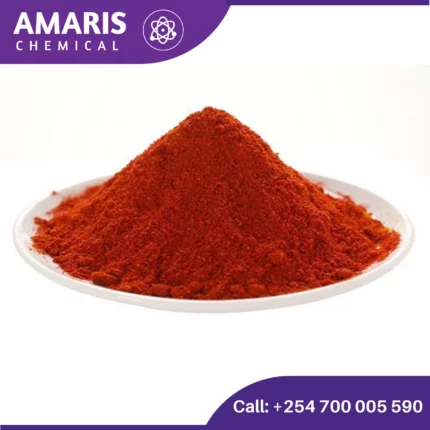
Sudan 3 powder Red 25gm
$485.00 Original price was: $485.00.$350.00Current price is: $350.00.
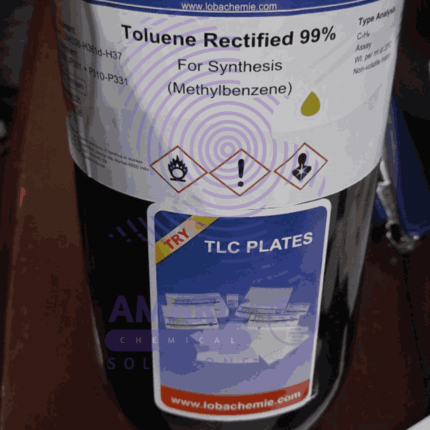
Toluene 2.5 liters
$1,745.00 Original price was: $1,745.00.$1,600.00Current price is: $1,600.00.
Sulphuric Acid 2.5 liters
$1,010.00 Original price was: $1,010.00.$950.00Current price is: $950.00.
Whatsapp Order
Sulfuric acid is a highly corrosive and strong mineral acid with the chemical formula H2SO4. It is a dense, colorless, odorless, and viscous liquid that is soluble in water and is one of the most widely used chemicals in industry. Sulfuric acid is used in the production of fertilizers, dyes, detergents, and other industrial chemicals. It is also used as a laboratory reagent and in the processing of metals and ores. Sulfuric acid is known for its ability to react violently with many substances, and it should be handled with extreme care.
SKU:
ACS35939CHEM0
Categories: Analytical Reagents, Solvents (lab)
Description
Table of Contents
ToggleUses of Sulphuric Acid
Analytical Chemistry
- Titrations: Used as a standard solution in acid-base titrations.
- pH Adjustment: Employed to adjust the pH of solutions to acidic levels.
- Preparation of Standard Solutions: Utilized in the preparation of various standard solutions for analytical purposes.
Synthesis
- Reagent for Synthesis: Acts as a catalyst and dehydrating agent in the synthesis of many chemicals, including esters and ethers.
- Dehydration Reactions: Removes water from organic compounds, such as in the conversion of alcohols to alkenes.
Cleaning and Etching
- Cleaning Laboratory Equipment: Removes organic and inorganic residues from glassware and other lab equipment.
- Etching: Used in the preparation and cleaning of surfaces for microscopy and other analysis techniques.
Sample Preparation
- Digestion of Samples: Breaks down complex matrices in sample preparation for analysis by techniques such as atomic absorption spectroscopy and inductively coupled plasma (ICP) analysis.
- Destruction of Organic Material: Used in wet digestion procedures to oxidize organic matter in samples.
Testing and Quality Control
- Acid Tests: Employed in qualitative and quantitative tests for the presence of various substances.
- Battery Acid Analysis: Analyzing the concentration and condition of electrolyte solutions in lead-acid batteries.
Catalysis
- Catalyst in Chemical Reactions: Functions as a catalyst in various chemical reactions, including esterification and hydration reactions.
Dehydrating Agent
- Dehydration of Organic Compounds: Dehydrates sugar to produce carbon and water in demonstrations of chemical reactions.
- Drying Gases: Used to dry certain gases by passing them through concentrated sulphuric acid.
Reviews (0)
Be the first to review “Sulphuric Acid 2.5 liters” Cancel reply
You may also like…
Sulphur Powder 500gm
Sulphur powder, also known as sulfur powder, is a fine, yellow, odorless powder composed of the element sulfur. It is an abundant, non-metallic element that is found in nature and is widely used in a variety of industrial and commercial applications, including fertilizers, pharmaceuticals, and in the production of rubber and paper products. Sulphur powder has antimicrobial properties and is often used as a fungicide or insecticide in agricultural applications. It can also be used as a raw material in the manufacturing of other chemicals and compounds.
Sulphuric acid 47kg 98%
Sulphuric acid is a highly corrosive and strong mineral acid with the chemical formula H2SO4. It is a dense, colorless, odorless, and viscous liquid that is soluble in water and is one of the most widely used chemicals in industry. Sulfuric acid is used in the production of fertilizers, dyes, detergents, and other industrial chemicals. It is also used as a laboratory reagent and in the processing of metals and ores. Sulfuric acid is known for its ability to react violently with many substances, and it should be handled with extreme care.
Related products
Aceto Carmine 100 ml
Aceto carmine is a staining solution used primarily in microscopy to highlight cellular components. It is a mixture of carmine dye and acetic acid. Here’s an overview of its properties, preparation, and uses:
Properties
- Color: Red to purplish-red.
- Solubility: Soluble in water and ethanol.
- Staining Characteristics: Stains chromatin and cytoplasmic components, providing contrast for better visualization under a microscope.
Preparation
- Ingredients:
- Carmine dye: A natural red dye extracted from the cochineal insect.
- Acetic acid: A colorless liquid organic compound with a pungent smell.
- Procedure:
- Dissolve a specific amount of carmine powder in hot distilled water.
- Add glacial acetic acid to the solution.
- Filter the mixture to remove any undissolved particles.
Acetone Extra Pure
Acetone Extra Pure
Acetone is a colorless, flammable liquid with a sweet, fruity odor. It is a common organic solvent that is widely used in the production of plastics, fibers, drugs, and other chemical compounds. Acetone is also commonly used as a cleaning agent and a nail polish remover. Chemically, it is the simplest ketone and is represented by the formula CH3COCH3.
Aluminum Ammonium Sulphate
Aluminum ammonium sulfate, also known as ammonium alum or just alum, is a chemical compound with the formula (NH4)Al(SO4)2·12H2O. It's a white crystalline solid commonly used in water purification, leather tanning, and as a mordant in dyeing textiles.
In water purification, alum acts as a coagulant to remove impurities by causing suspended particles to clump together, making it easier for filtration to remove them. In leather tanning, it helps to stabilize the leather by tightening the collagen fibers. And in dyeing textiles, alum helps the dye adhere to the fabric.
However, it's important to note that excessive exposure to aluminum compounds like alum can be harmful, so it's typically used with caution and proper safety measures.
Aluminum Carbonate 250g
Aluminum carbonate is a chemical compound with the formula Al2(CO3)3. It is a white, crystalline solid that is insoluble in water. Aluminum carbonate is not commonly encountered in pure form due to its high instability, especially in the presence of water and carbon dioxide. Instead, it tends to decompose into aluminum hydroxide and carbon dioxide when exposed to moisture or acidic conditions.
Butanol 99.4%
Rated 4.75 out of 5
Butanol, also known as butyl alcohol, is a type of alcohol with four carbon atoms in its molecular structure. There are four isomeric forms of butanol, which differ based on the location of the hydroxyl (-OH) group on the carbon chain. These isomers are:
- n-Butanol (1-butanol): The "n" stands for "normal," indicating that the carbon chain is linear. It is often used as a solvent and in the production of plastics, coatings, and pharmaceuticals.
- Isobutanol (2-methyl-1-propanol): This isomer has a branched structure, with a methyl group (-CH3) attached to the second carbon atom. Isobutanol has applications as a solvent, in the production of various chemicals, and as a fuel additive.
- Sec-butanol (2-butanol): It has a branched structure, with the hydroxyl group attached to the second carbon atom. It's used as a solvent and in the manufacture of perfumes and pharmaceuticals.
- Tert-butanol (2-methyl-2-propanol): This isomer is highly branched, with the hydroxyl group attached to a carbon atom that is itself attached to three other carbon atoms. Tert-butanol is used primarily as a solvent and as a chemical intermediate.
Methanol 160 kg
Methanol, also known as methyl alcohol, is a colorless, flammable, and highly volatile liquid alcohol with the chemical formula CH3OH. It is the simplest alcohol, consisting of a methyl group (CH3) linked to a hydroxyl group (OH). Methanol is commonly used as a solvent, fuel, and antifreeze agent. It is also used in the production of formaldehyde and other chemicals, and as a feedstock for the production of other substances such as olefins and biodiesel. Methanol is toxic and can be fatal if ingested or inhaled in high concentrations.
Trimethylpentane (hplc grade) 2.5ltrs
Rated 5.00 out of 5
Trimethylpentane, also known as isooctane, is a high-purity hydrocarbon solvent commonly used in High-Performance Liquid Chromatography (HPLC) as a reference standard or mobile phase component. It is often utilized in chromatography due to its low polarity and high purity, which ensures accurate and reproducible results. HPLC-grade trimethylpentane is purified to meet stringent quality standards, minimizing impurities that could interfere with analytical measurements. It's crucial for ensuring precise and reliable chromatographic separations in analytical laboratories.
Xylene 2.5 liters
Xylene refers to a group of three isomeric aromatic hydrocarbon compounds: ortho-xylene, meta-xylene, and para-xylene. It is a colorless, flammable liquid with a sweet odor. Xylene is primarily used as a solvent in various industrial processes, including the production of paints, coatings, adhesives, and rubber. It can also be found in small amounts in gasoline and other petroleum products.


 Emollients
Emollients Humectants
Humectants UV Filters
UV Filters Surfactants (cosmetic)
Surfactants (cosmetic) Preservatives (cosmetic)
Preservatives (cosmetic) Fragrances and Essential Oils
Fragrances and Essential Oils Antioxidants (cosmetics)
Antioxidants (cosmetics)
 Solvents (lab)
Solvents (lab) Chromatography Chemicals
Chromatography Chemicals Microbiology and Cell Culture Reagents
Microbiology and Cell Culture Reagents Biochemical Reagents
Biochemical Reagents Inorganic and Organic Standards
Inorganic and Organic Standards LABORATORY EQUIPMENT & APPARATUS
LABORATORY EQUIPMENT & APPARATUS Spectroscopy Reagents
Spectroscopy Reagents Molecular Biology Reagents
Molecular Biology Reagents
 Precious Metal Extraction Agents
Precious Metal Extraction Agents
 Plasticizers
Plasticizers Polymerization Initiators
Polymerization Initiators Stabilizers
Stabilizers Monomers
Monomers Fillers and Reinforcements
Fillers and Reinforcements Antioxidants (plastics)
Antioxidants (plastics) Colorants (plastic pigments,Dyes)
Colorants (plastic pigments,Dyes)
 Fertilizers
Fertilizers Plant Growth Regulators
Plant Growth Regulators Soil Conditioners
Soil Conditioners Animal Feed Additives
Animal Feed Additives Biostimulants
Biostimulants
 Dough Conditioners
Dough Conditioners Flour Treatments
Flour Treatments Fat Replacers
Fat Replacers Preservatives (baking)
Preservatives (baking)
 Surfactants (cleaning)
Surfactants (cleaning) Builders
Builders Bleaching Agents
Bleaching Agents Enzymes
Enzymes Solvents (cleaning)
Solvents (cleaning) Fragrances
Fragrances Disinfectant
Disinfectant Metal cleaning
Metal cleaning
 Binders/Resins
Binders/Resins Pigments
Pigments Solvents (paint)
Solvents (paint) Additives
Additives Driers
Driers Anti-Corrosion Agents
Anti-Corrosion Agents Specialty Coatings
Specialty Coatings Functional Coatings
Functional Coatings Application-Specific Coatings
Application-Specific Coatings
 Sealants and Adhesives
Sealants and Adhesives
 Biodegradable Surfactants
Biodegradable Surfactants Bio-based Solvents
Bio-based Solvents Renewable Polymers
Renewable Polymers Carbon Capture Chemicals
Carbon Capture Chemicals Wastewater Treatment Chemicals
Wastewater Treatment Chemicals
 Preservatives (food)
Preservatives (food) Flavor Enhancers
Flavor Enhancers Acidulants
Acidulants Sweeteners
Sweeteners Emulsifiers
Emulsifiers Antioxidants (food)
Antioxidants (food) Colorants (food)
Colorants (food) Nutrient Supplements
Nutrient Supplements Nutraceutical Ingredients
Nutraceutical Ingredients
 Fresh Herbs
Fresh Herbs Whole Spices
Whole Spices Ground Spices
Ground Spices Spice Blends
Spice Blends
 Surfactants(oil)
Surfactants(oil)
 Antibiotics
Antibiotics Active Pharmaceutical Ingredients
Active Pharmaceutical Ingredients Excipients
Excipients Vaccine Adjuvants
Vaccine Adjuvants Nutraceutical Ingredients
Nutraceutical Ingredients Solvents (pharmaceutical)
Solvents (pharmaceutical)
 Automotive chemicals
Automotive chemicals Pyrotechnic Chemicals
Pyrotechnic Chemicals


 Vulcanizing Agents
Vulcanizing Agents Accelerators & Retarders
Accelerators & Retarders Antidegradants
Antidegradants Reinforcing Agents
Reinforcing Agents Plasticizers & Softeners
Plasticizers & Softeners Fillers & Extenders
Fillers & Extenders Blowing Agents
Blowing Agents Adhesion Promoters
Adhesion Promoters
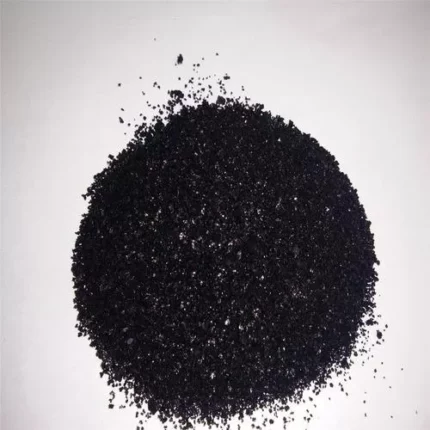

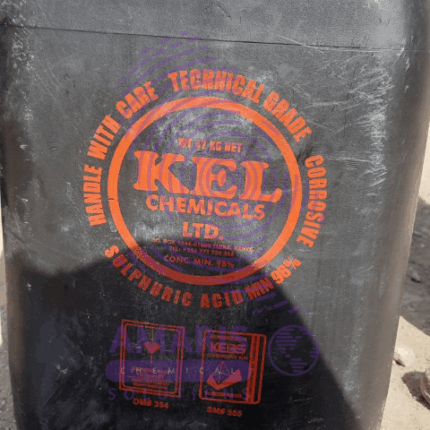
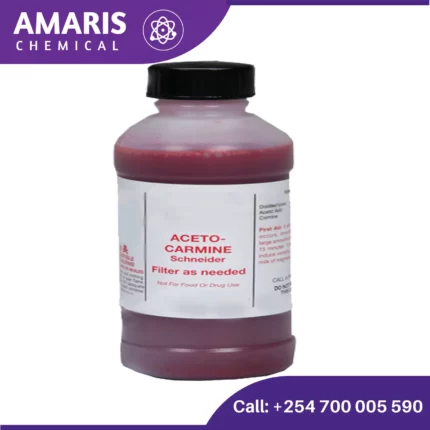


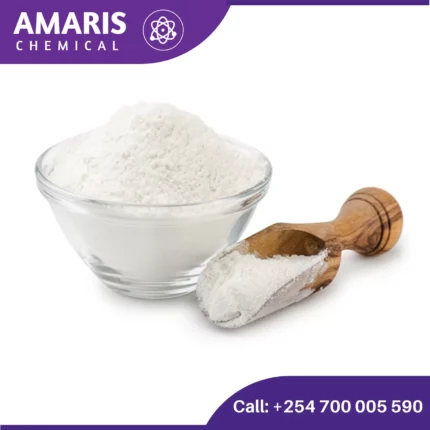
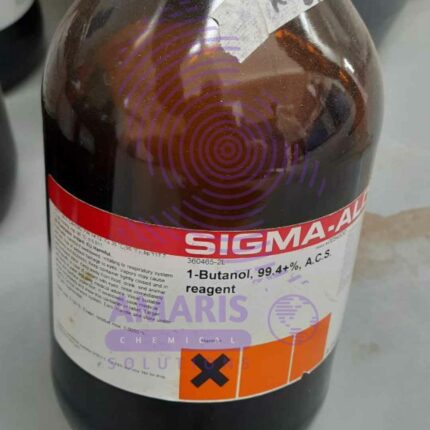

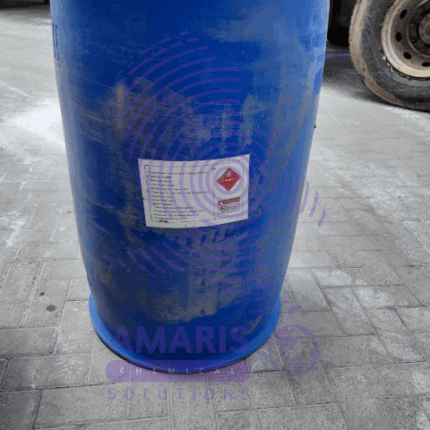


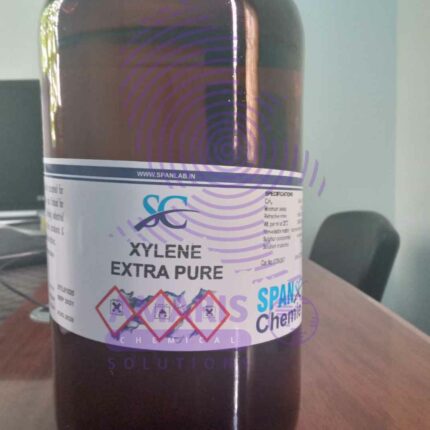













Reviews
There are no reviews yet.